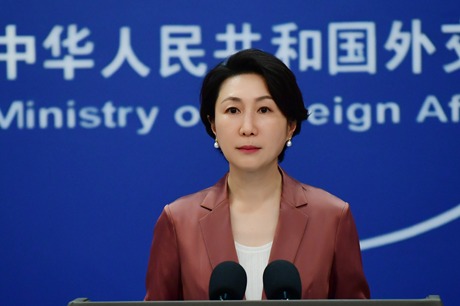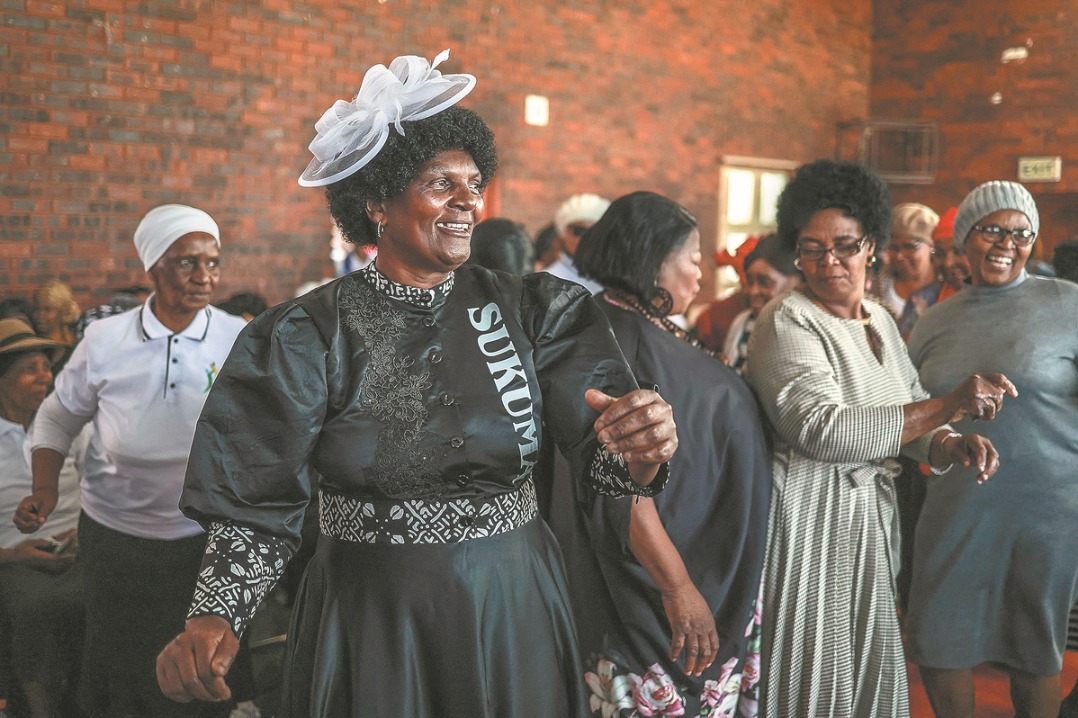Classical dance performers look forward to more cultural exchanges between India and China


Indian classical dance performers from India and China are inspired to see that the performers are deepening cultural ties and celebrating India's cultural heritage.
Beijing-based renowned Indian dance exponent Jin Shanshan Eesha said that through learning and appreciating music and dance, India and China can understand each other's cultures more intuitively. She believes that sincerity, kindness and beauty are the common emotions of people, and such communication has no barriers of nationality, belief or language.
Jin, along with her daughter Jessica Wu, last month performed a mesmerizing cultural event at Visva-Bharati University, Santiniketan, in India's eastern state of West Bengal to mark the completion of 100 years of Rabindranath Tagore's visit to China. The cultural event was organized by the Chinese consulate general in Kolkata, and Visva-Bharati University, India's oldest and premier Chinese studies and research center, founded by Tagore in the 1920s. The event was part of a two-day international conference beginning from April 1 to mark the 75th anniversary of the establishment of China-India diplomatic ties.
Jin feels a profound sense of homecoming whenever she visits India. "I've received nothing but absolute love from my Indian fans and friends," she said.
There are many similarities between the cultures of the two countries, Jin said. "As two ancient civilizations, they also have a long history and unique traditional culture. Such as Chinese opera, martial arts, acrobatics, calligraphy, architecture and traditional handicrafts... It is comparable to the traditional culture of India but has its own characteristics, too," Jin said in an email.
Jin founded Sangeetham India Arts in Beijing in 2006 to promote bharatanatyam, a classical Indian dance form originating from South India in China. There were just eight students at the time of the foundation. Now, every year, hundreds of students are enrolling to learn bharatanatyam.
"Indian dance is closer to the earth, linked to nature, both external physical movement and inner emotional flow characteristics, making Indian dance more relatable," she said.
Jin learned bharatanatyam years ago in New Delhi under the guidance of Leela Samson, one of the world's most eminent bharatanatyam dancers. After decades of practice, Jin has become one of China's leading bharatanatyam dancers and teachers. She and her students stage numerous performances in India and China and organize many cultural concerts, workshops in China sponsored by the Indian embassy and consulates.
Traditional Indian dances originate from the lives of Indian people. Indian odissi dancer Saswat Joshi has thousands of viewers on social media in India and China. He has drawn accolades from Chinese viewers and received significant attention by releasing short videos featuring collaborations with Chinese ethnic minority dancers from Southwest China's Yunnan province. Last year, Joshi visited Yunnan to promote odissi there.

"Dance has the power to transcend language barriers and cultural differences; it is a unique tool for fostering friendship and understanding between nations," Joshi said.
Joshi's experience with odissi has enabled him to connect more deeply with Chinese traditional dance culture. "Through dance, we can share our cultural heritage, traditions and values, promoting cross-cultural understanding and appreciation," Joshi said.
His interactions with Chinese and Indian fans have motivated him to keep making and sharing art, using dance to foster cross-cultural understanding.
Joshi underscored that during his collaboration with Chinese dancers, he gained a deeper appreciation for the diversity and richness of Chinese dance traditions and learned how dance, as a universal language, can unite people from India and China.
Chinese odissi dancer Wu Kan stayed in Bhubaneswar, the state capital of Odisha, for eight years between 2014 and 2022 to study the dance form at Guru Kelucharan Mohapatra's Odissi institution. She was the first professional odissi dancer from China to win the prestigious Indian Council for Cultural Relations scholarship to learn odissi in Odisha, the land of its origin.
Now Wu, based in Hangzhou, has been promoting this ancient dance in China. Since last year, she has been working with Hangzhou City Cultural Center, opening odissi dance class.
"Indian classical dances are the essence, the fruits of Indian culture. Appreciating the arts forms provides Chinese people a new window to understand the beauty of Indian culture and arts," Wu said in an email.
Through understanding the dance, people may also dive into Indian classical music, mythology, history, traditions and languages, Wu said.
"Most of Chinese audiences know Indian dance through Bollywood movies. Odissi is new to the majority of people here. But the good thing is that through the internet, more and more people are able to see and know Indian classical dances online and offline dance performances, classes, workshops," Wu said.
Famous Indian kathak exponent Namrata Rai pointed out that traditional dance forms have historical roots. History and ancient relationship between India and China bring out commonalities and cultural similarities.
Indian traditional dance forms, such as kathak, share a visual and emotional vocabulary that goes beyond words and geographical boundaries, Rai underscored.
Bringing together dancers from both nations, performing joint performances and seminars, and learning from each other's traditions will build bridges between the people of two countries, Rai said.
Rai performed in various Chinese cities last year to celebrate the centenary celebration of Tagore's visit to China. She has the impression that the audience in Shanghai, Guangzhou, and Shenzhen are eager to see more concerts and learn more about this dance.
The writer is a freelance journalist for China Daily.

































